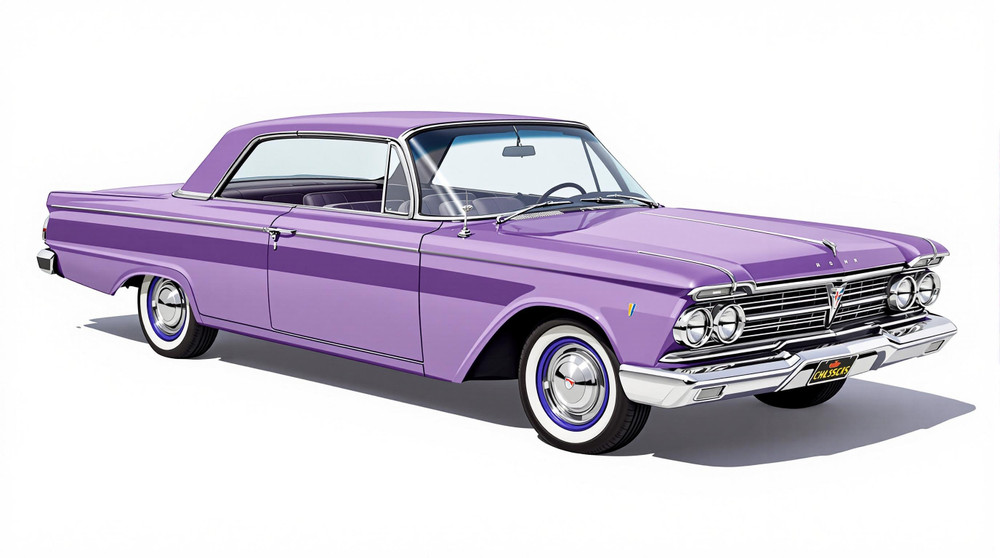Image of 1963 American Motors Ambassador, Note: These illustrations use artistic license and may differ from actual historical models.
Performance Metrics
Fundamental Metrics
Emotional Appeal
MMP Rating
| Engine Specifications | |
|---|---|
| Engine: | 327 cu in (5.4 L) V8 |
| Displacement: | 327 cu in (5.4 L) |
| Horsepower: | 250-270 hp |
| Torque: | 340-360 lb-ft |
| Compression Ratio: | 9.7:1 |
| Ignition System: | Conventional points ignition system |
| Cooling System: | Liquid-cooled |
| Performance Specifications | |
| 0-60 Time: | 10 seconds |
| 1/4 Mile Time: | 17 seconds |
| Top Speed: | 120 mph |
| Transmission and Drive | |
| Drive Type: | Rear-wheel drive |
| Transmission Type: | 3-speed automatic or 4-speed manual |
| Fuel and Efficiency | |
| Fuel System Type: | Carburetor |
| MPG: | 10-12 mpg |
| Dimensions and Brakes | |
| Brakes: | Drum brakes |
| Wheelbase: | 112 inches |
| Weight: | 3,500 lbs |
Note: Specifications for classic cars are given to the best of our ability, considering the limited and variant data available.
Unveiling the 1963 American Motors Ambassador
The year 1963 heralded the arrival of a vehicle that would become a cornerstone of American automotive history—the American Motors Ambassador. Crafted by the innovative minds at American Motors Corporation (AMC), this car emerged as a symbol of mid-century luxury and performance. With its roots tracing back to the Nash Ambassador models, the '63 Ambassador was a testament to AMC's commitment to quality and innovation during an era dominated by larger auto manufacturers. A particularly intriguing fact about this vehicle is that it was one of the first American cars to offer factory-installed air conditioning, setting a new standard for automotive comfort.
Design and Innovation
The exterior of the 1963 Ambassador was a blend of elegance and subtlety, with clean lines and a poised stance that commanded attention without being ostentatious. The vehicle's design featured a distinctive grille and tasteful chrome accents that accentuated its lengthened silhouette. Inside, passengers were greeted with an interior that showcased AMC's dedication to comfort, boasting rich upholstery options and thoughtful amenities. The use of high-quality materials such as vinyl or optional leather in various color palettes underscored the car's upscale aspirations.
Technologically, the Ambassador was ahead of its time, offering features like adjustable steering wheels and push-button automatic transmissions. Color choices ranged from classic whites and blacks to more adventurous hues like aquamarine, with the latter often catching the eye of style-conscious buyers. Among its body styles, which included sedans, convertibles, and station wagons, the hardtop coupe stood out as an iconic representation of 1960s Americana.
Historical Significance
The Ambassador didn't just represent luxury; it also pushed forward automotive design and technology. Its emphasis on passenger comfort and advanced features set new benchmarks for what consumers could expect from an executive car. This model helped cement AMC's reputation for producing vehicles that were not only practical but also aspirational, influencing subsequent generations of automobiles.
Performance and Handling
Underneath its polished exterior, the 1963 Ambassador was no slouch in performance. Equipped with robust engine options including a 327 cubic inch V8, it could achieve respectable top speeds and deliver brisk acceleration for its class—going from 0-60 mph in under 11 seconds. The ride quality was smooth, absorbing bumps with grace while maintaining poise on winding roads. Drivers often praised the throaty rumble of the engine—a sound that became synonymous with American muscle during that era.
Ownership Experience
The Ambassador served multiple roles ranging from a dependable family car to a status symbol gracing car shows. Its reliability was one of its strong suits, making it a practical choice for daily driving while also being relatively straightforward to maintain for DIY enthusiasts. However, like many vehicles from this period, rust could be an issue if not properly cared for.
Fun Facts
Did you know that several Ambassadors were used as diplomatic vehicles? This added an extra layer to the "Ambassador" nameplate. Although not known for breaking speed records, its sales figures were impressive within its market segment. Criticisms typically centered around its conservative styling compared to flashier rivals but many appreciated its understated charm.
Collector's Information
Today, the 1963 American Motors Ambassador holds a special place in collector circles. While production numbers were not as low as some limited-run models (with estimates suggesting tens of thousands were produced), finding one in pristine condition can be challenging. As for value, well-preserved examples can fetch anywhere from $10,000 to $30,000 depending on their condition and provenance, showing a steady appreciation among classic car enthusiasts.
Conclusion
The 1963 American Motors Ambassador stands as a testament to AMC's ingenuity and commitment to luxury during an era of intense competition in the automotive industry. With its blend of style, comfort, and performance, it carved out a unique niche that continues to resonate with collectors today. As we look back on this classic piece of Americana, it's clear that the Ambassador wasn't just another car—it was a statement about what American motoring could be at its best.
1963 American Motors Ambassador Catalog of Parts
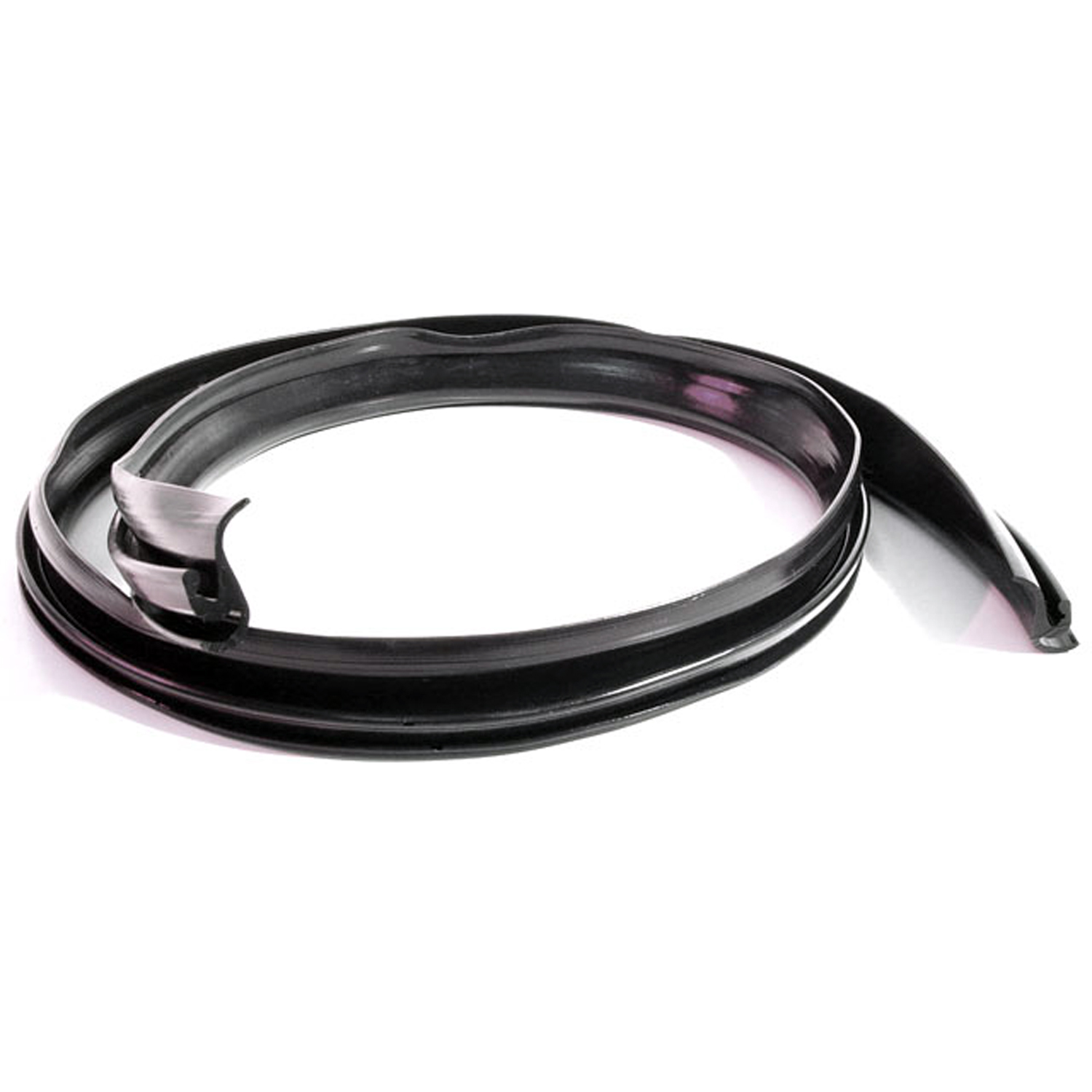 1963 American Motors Ambassador Cowl Seal. 1" wide X 42" long. Each-CS 12Cowl Seal. 1" wide X 42" long. Each
1963 American Motors Ambassador Cowl Seal. 1" wide X 42" long. Each-CS 12Cowl Seal. 1" wide X 42" long. Each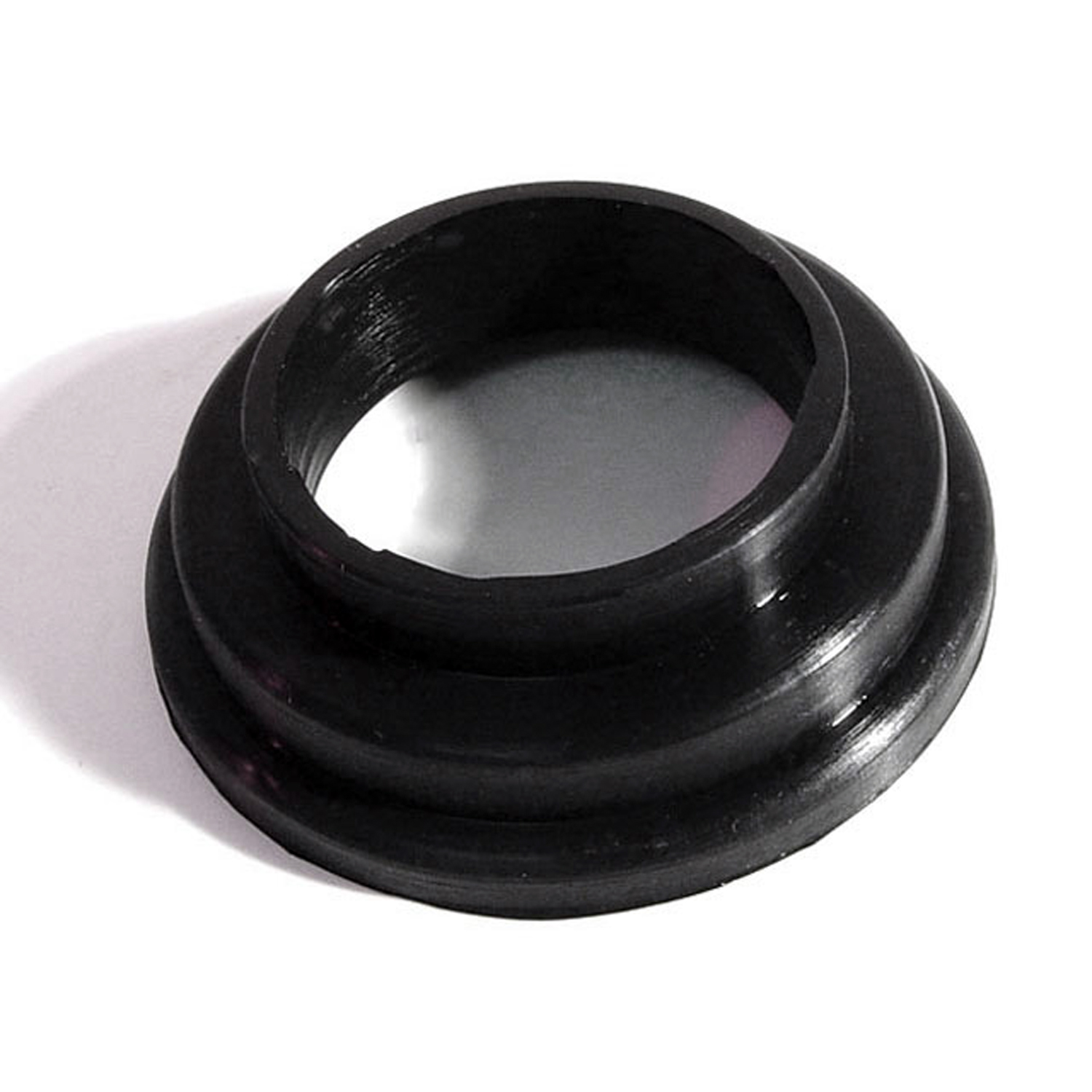 1963 American Motors Ambassador Locking Gas Cap Seal. Each-GF 2Locking Gas Cap Seal. Each
1963 American Motors Ambassador Locking Gas Cap Seal. Each-GF 2Locking Gas Cap Seal. Each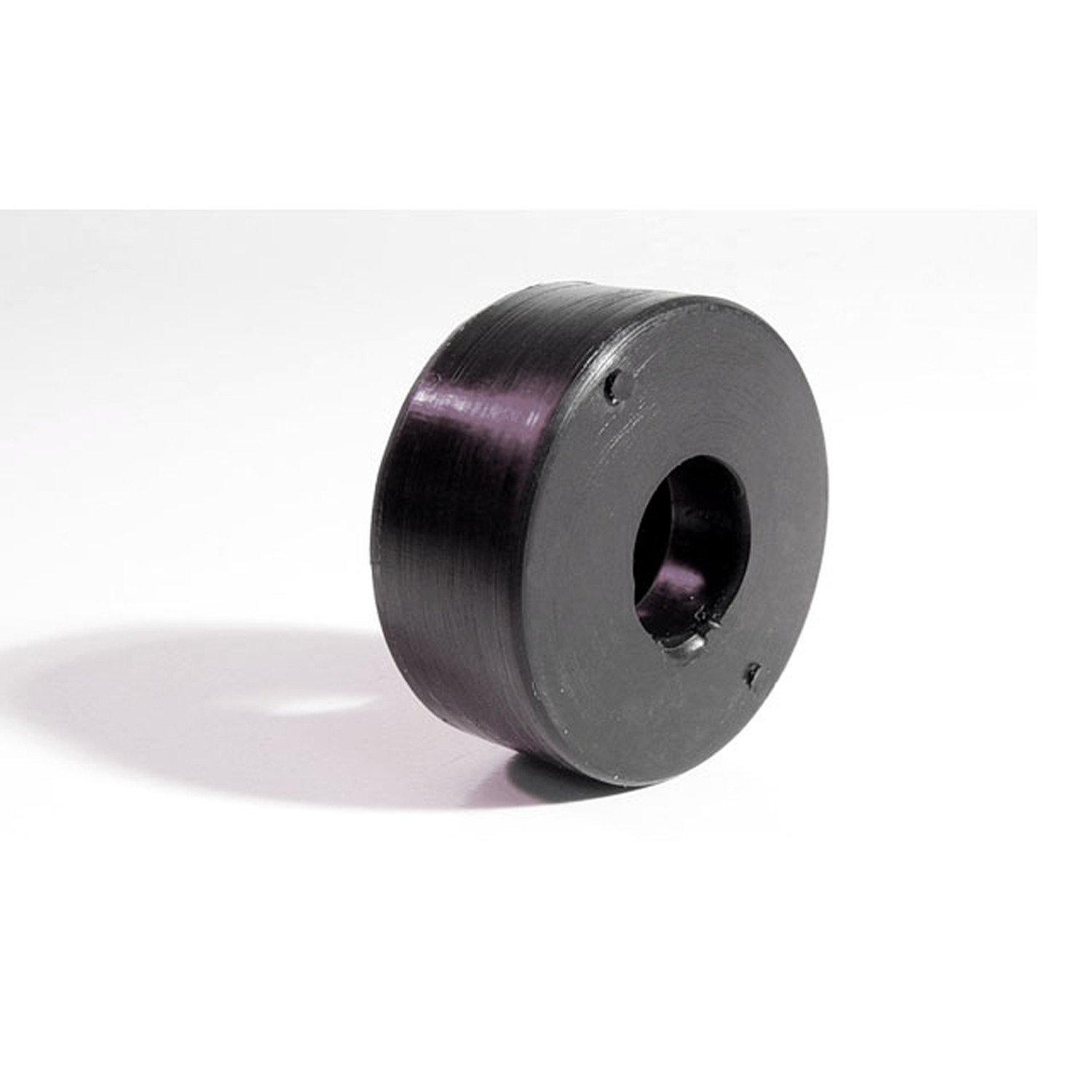 1963 American Motors Ambassador Hood Bumper. Each-HF 85Hood Bumper. Each
1963 American Motors Ambassador Hood Bumper. Each-HF 85Hood Bumper. Each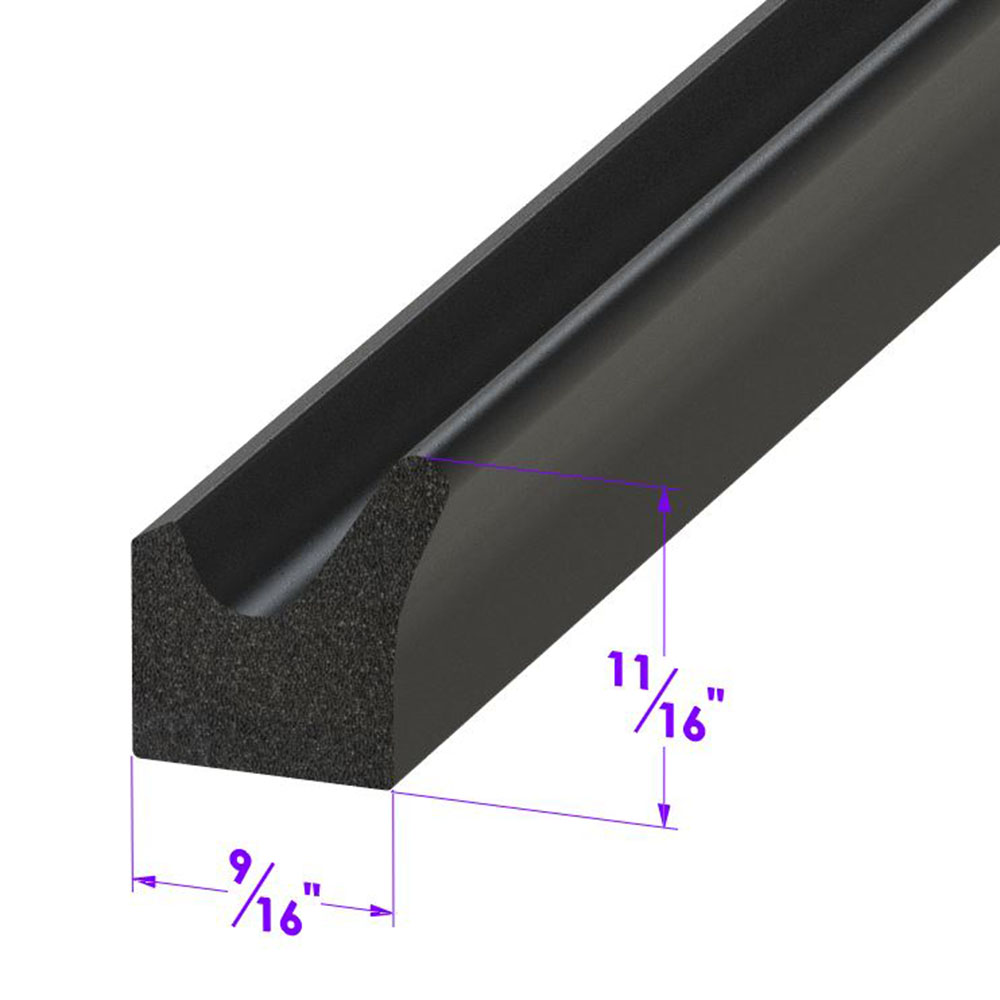 1963 American Motors Ambassador Door side seal. Same as LP 40-A, but for a heavier seal-LP 40Door side seal. Same as LP 40-A, but for a heavier seal. Fits many domestic passenger cars and trucks. Used in Cobra kit cars as trunk weatherstrip. Per foot.
1963 American Motors Ambassador Door side seal. Same as LP 40-A, but for a heavier seal-LP 40Door side seal. Same as LP 40-A, but for a heavier seal. Fits many domestic passenger cars and trucks. Used in Cobra kit cars as trunk weatherstrip. Per foot.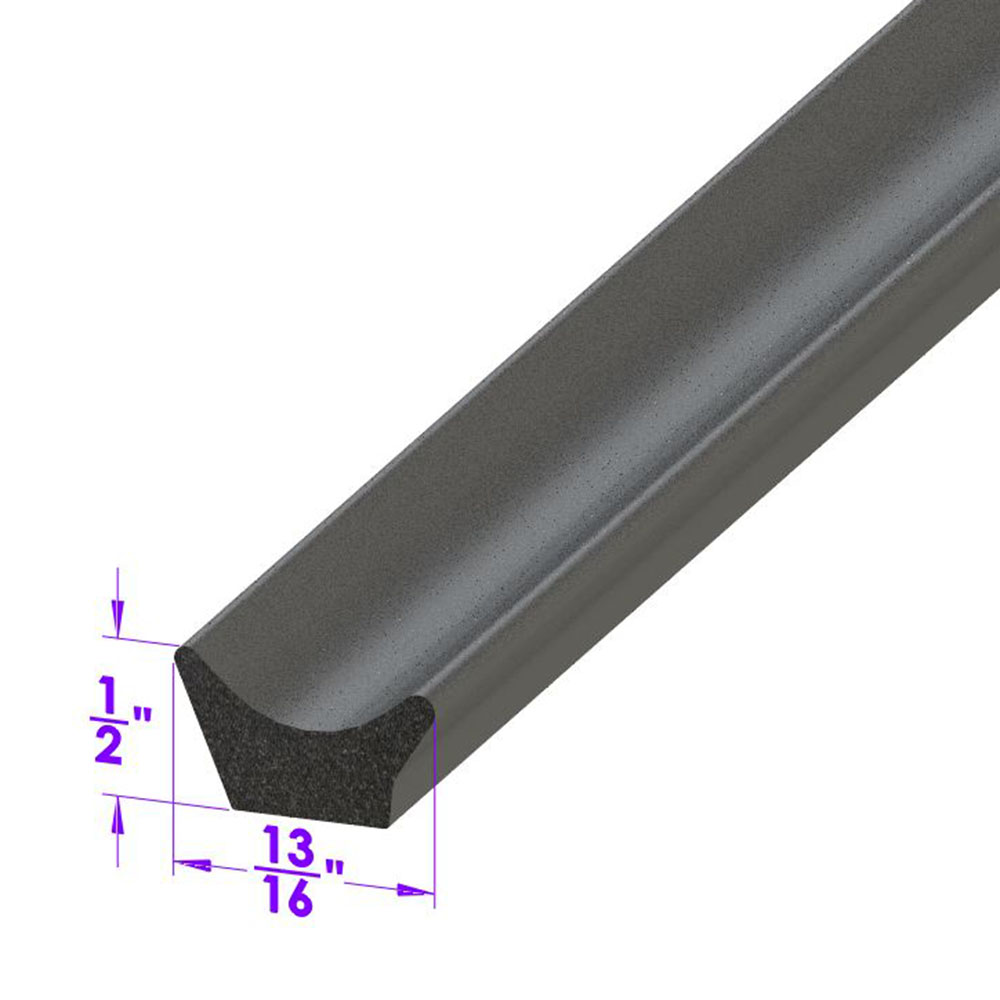 1963 American Motors Ambassador Door side seal. Same as LP 40, but for a lighter seal-LP 40-ADoor side seal. Same as LP 40, but for a lighter seal. Fits many domestic passenger cars and trucks. Universal seal for street rods and customs. Used in Cobra kit cars as door weatherstrip. Per foot.
1963 American Motors Ambassador Door side seal. Same as LP 40, but for a lighter seal-LP 40-ADoor side seal. Same as LP 40, but for a lighter seal. Fits many domestic passenger cars and trucks. Universal seal for street rods and customs. Used in Cobra kit cars as door weatherstrip. Per foot.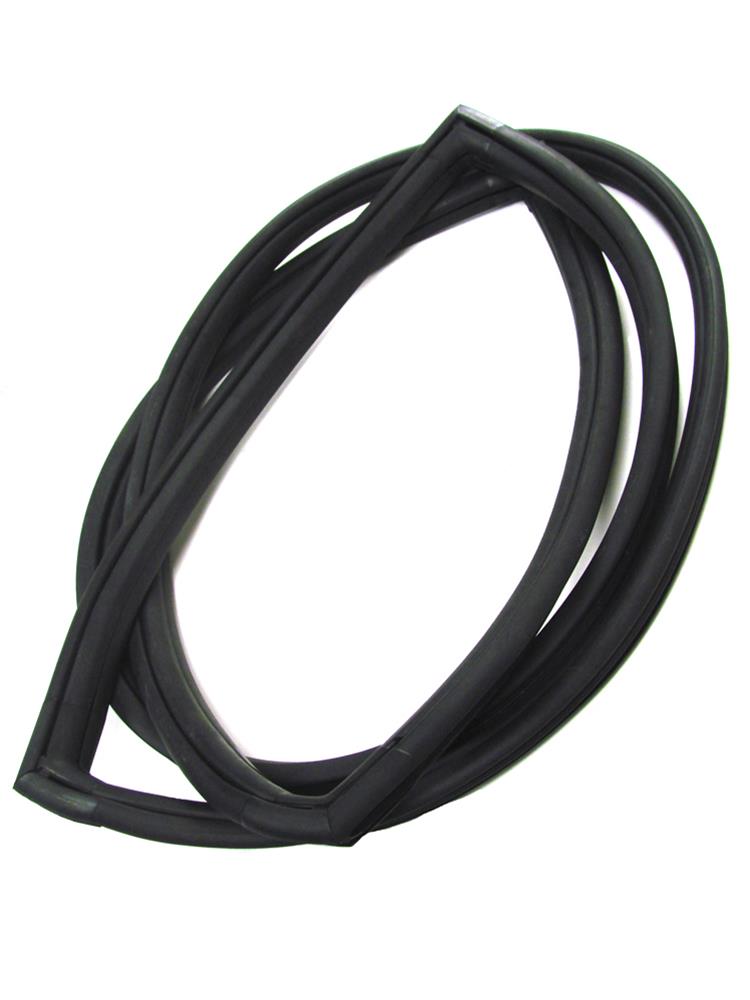 1963 American Motors Ambassador Vulcanized Windshield Seal-VWS 0624Vulcanized Windshield Seal. For 2-door & 4-door sedans and wagons. Accepts chrome trim. Each
1963 American Motors Ambassador Vulcanized Windshield Seal-VWS 0624Vulcanized Windshield Seal. For 2-door & 4-door sedans and wagons. Accepts chrome trim. EachWhy Choose Metro?
For over 100 years, Metro Moulded Parts has been the pinnacle of quality in classic car restoration parts. Our commitment to precision and authenticity in every component ensures a perfect fit and an OEM-level appearance.
- Expert Craftsmanship & Quality: Each part is a testament to our dedication to reliability and perfection, crafted from original designs and thoroughly tested.
- Advanced Technology: We use cutting-edge techniques to create flawless, long-lasting parts that surpass others in performance.
- SuperSoft Sponge – The Ultimate Door Seal: Not only are our door seals 30% softer than competitors', but they're also guaranteed to never leak. They effectively reduce wind and road noise, enhancing your classic car's comfort and driving experience.
- Proudly American: Our parts are a product of American craftsmanship, made in the USA with a spirit of excellence and heritage.
- Unrivaled Warranty: We back our products with a 30-year industry-leading warranty, a testament to our confidence in their quality.
Join us in preserving the legacy of classic cars with parts that are crafted for perfection, not just made.

